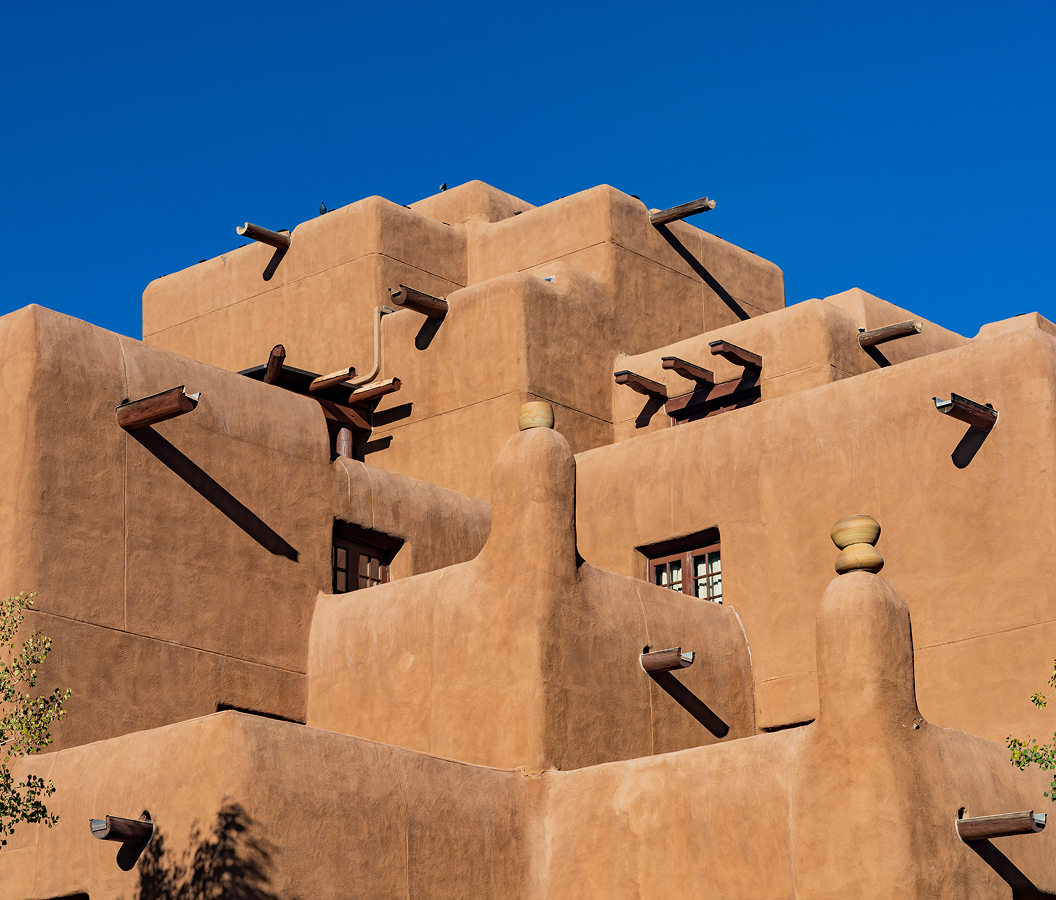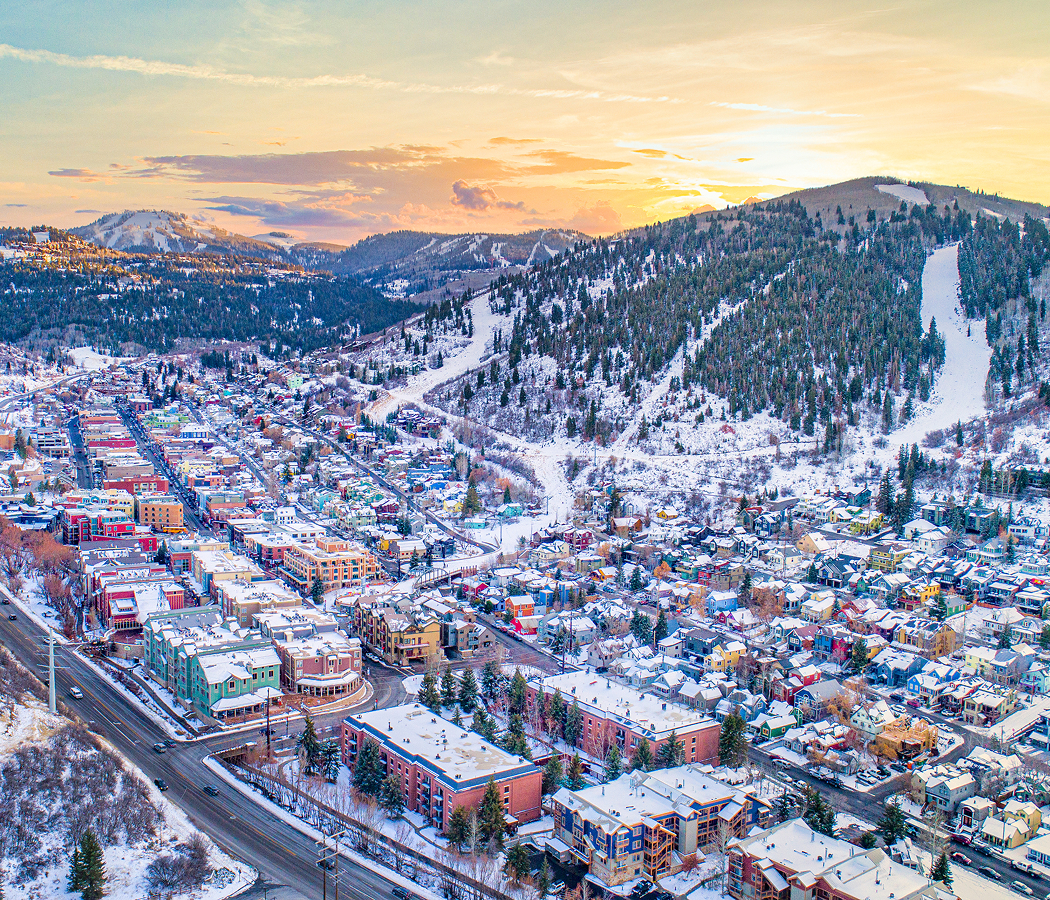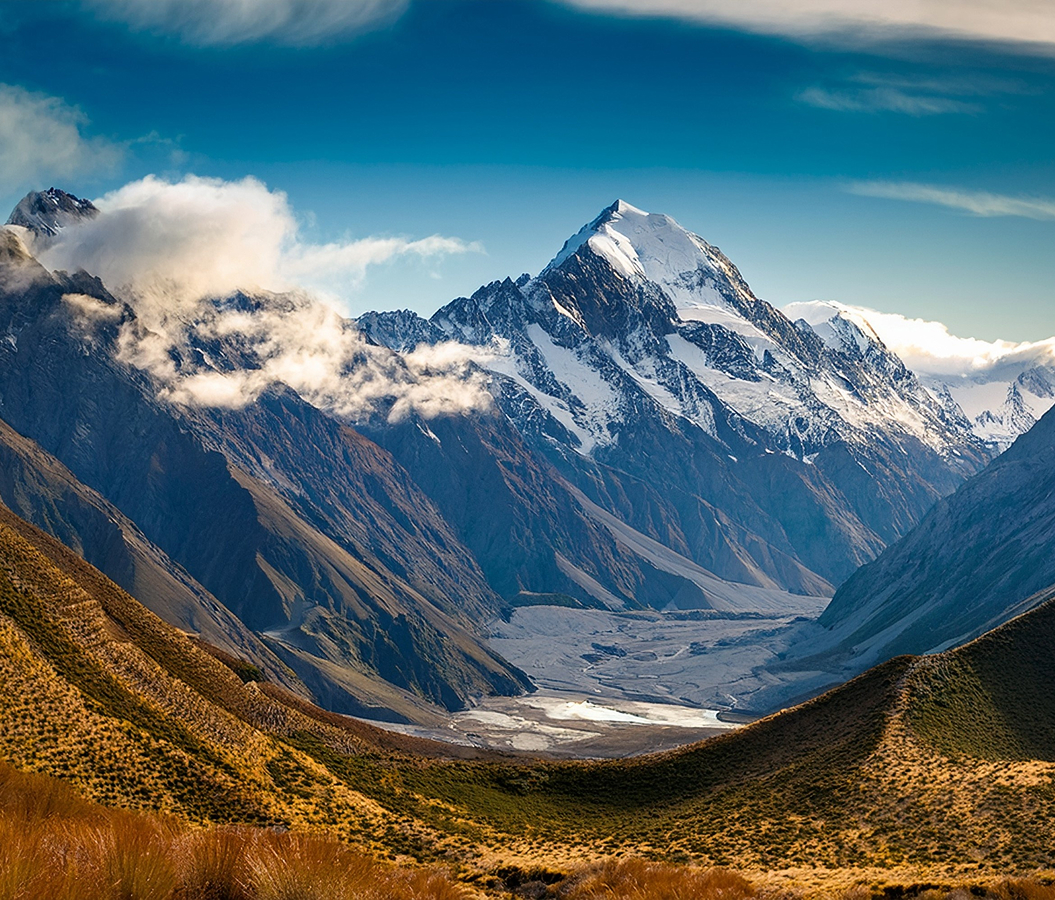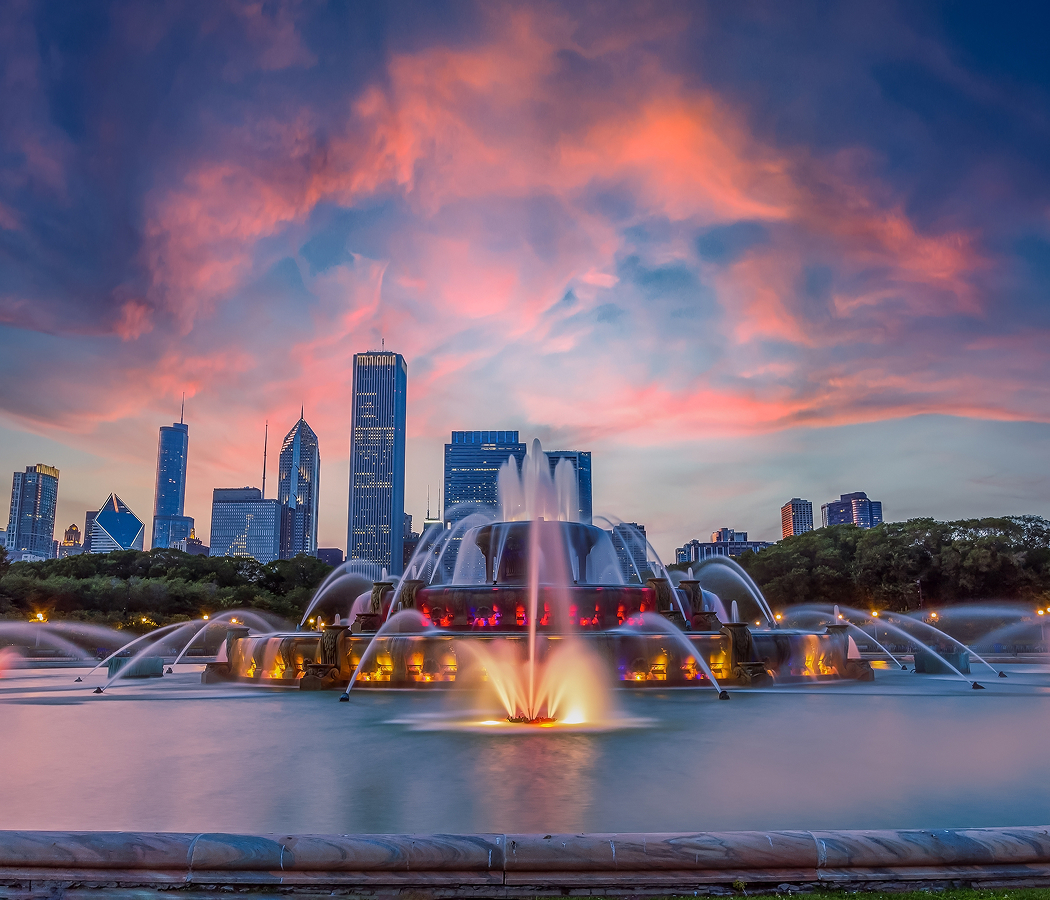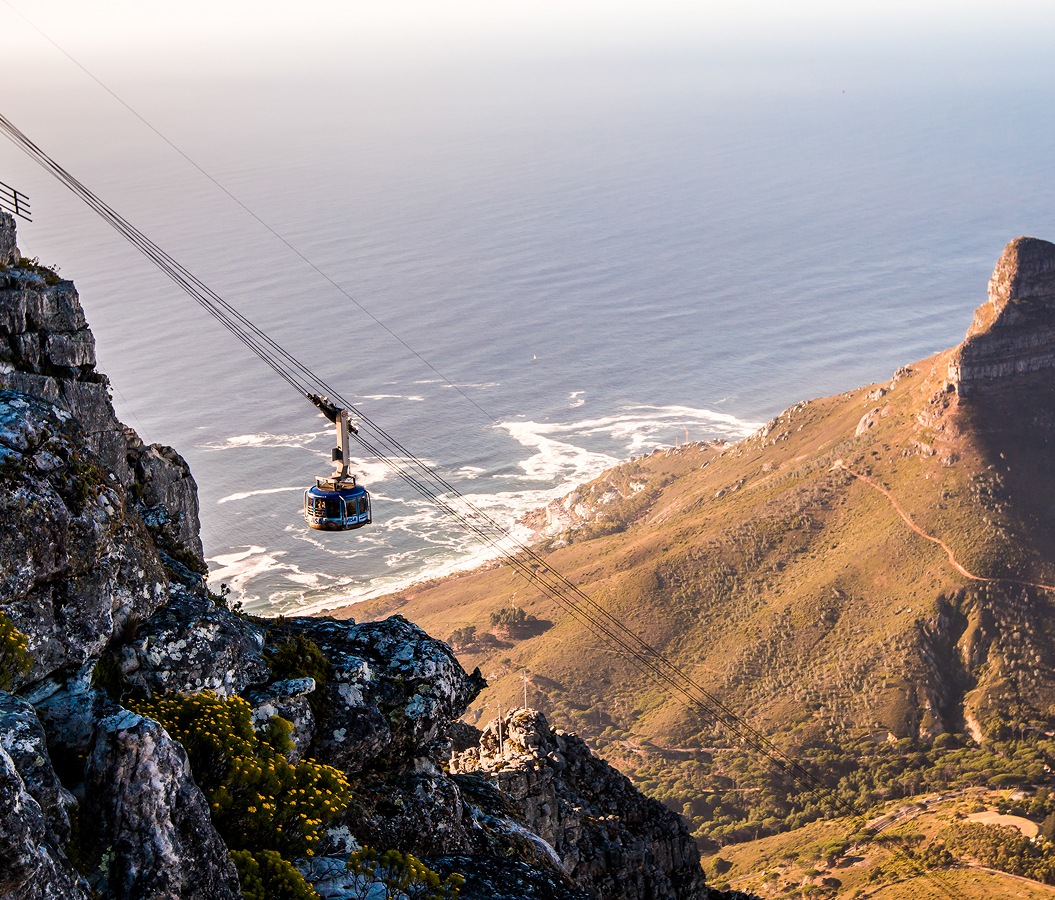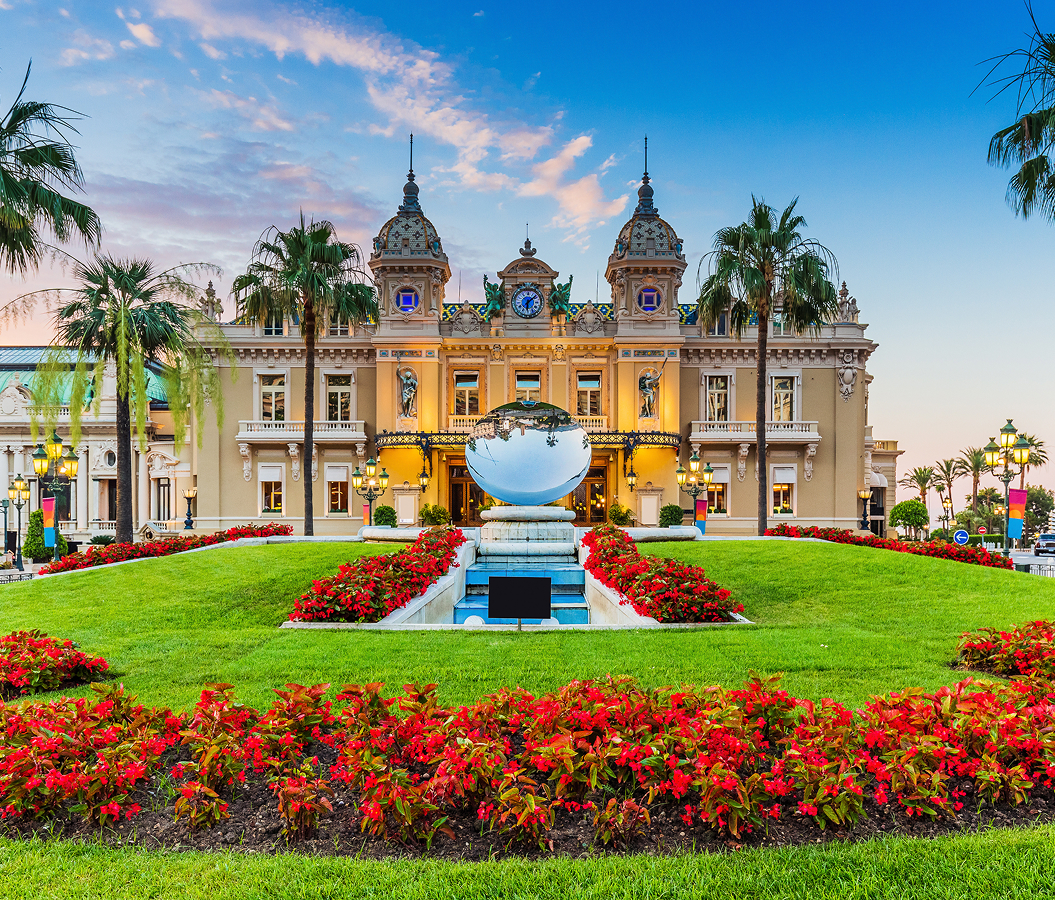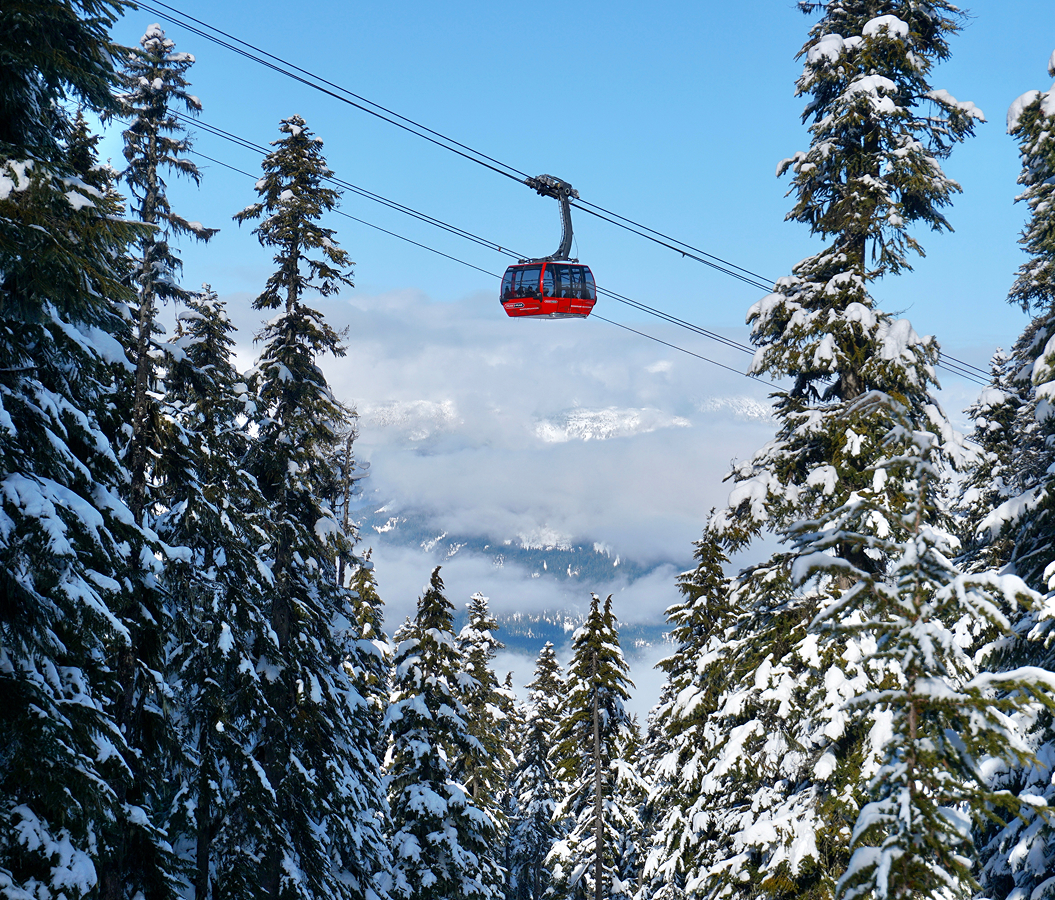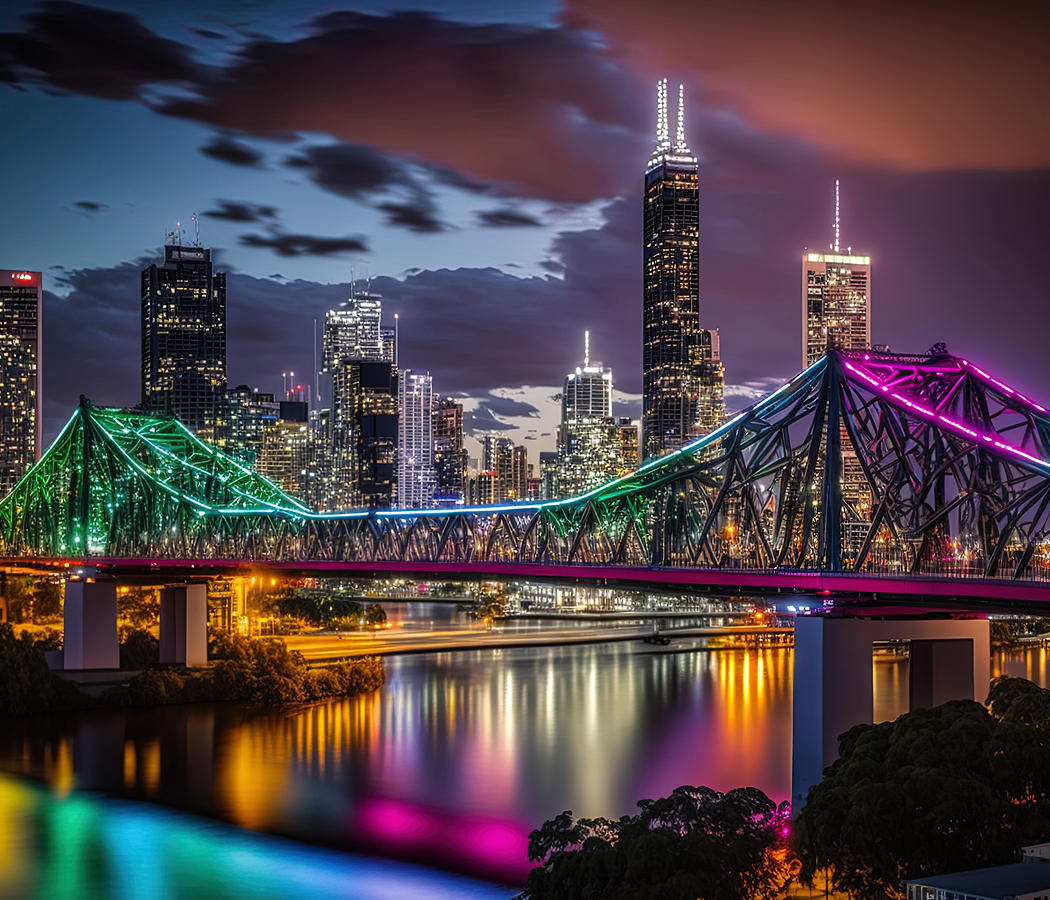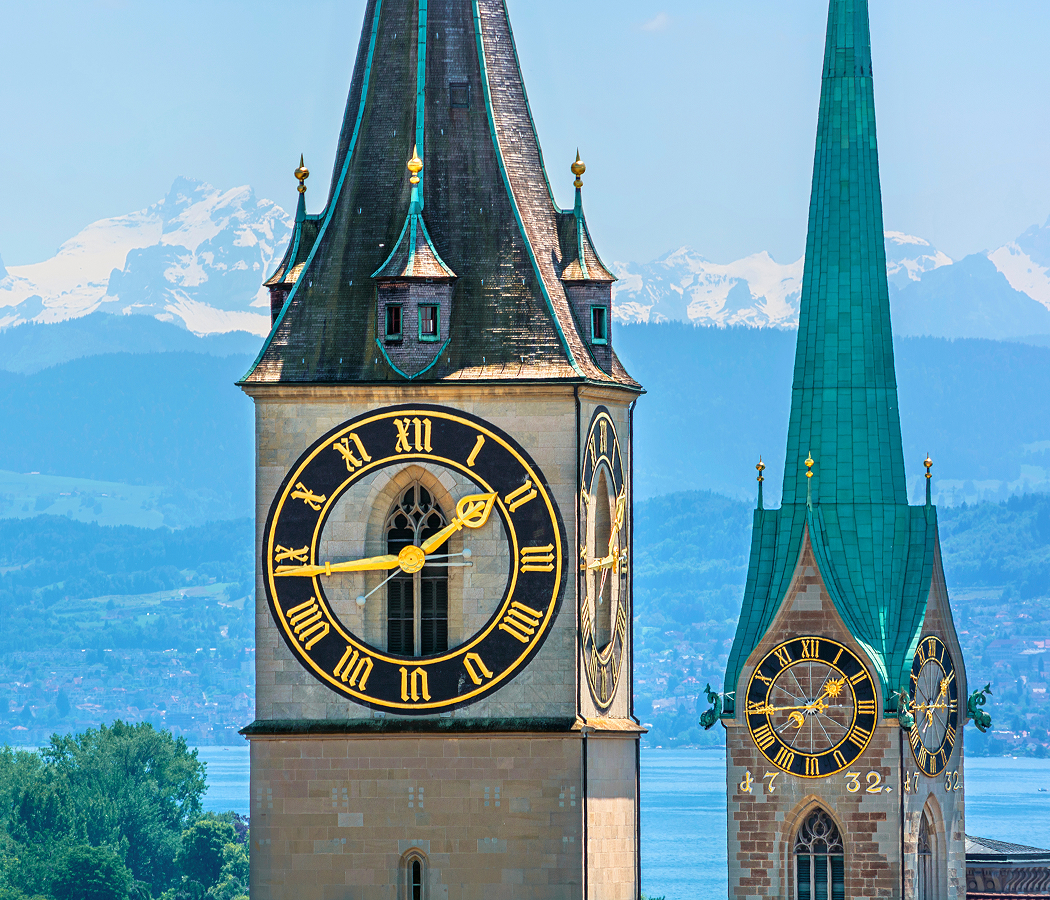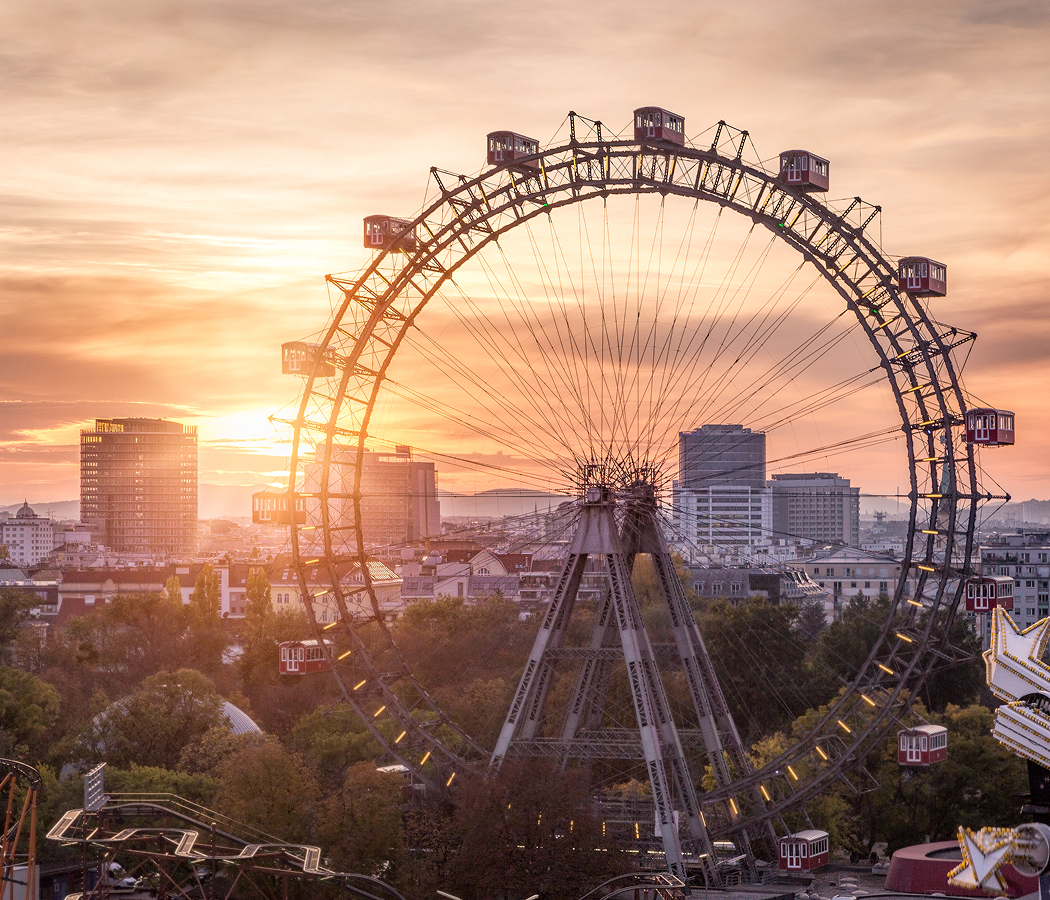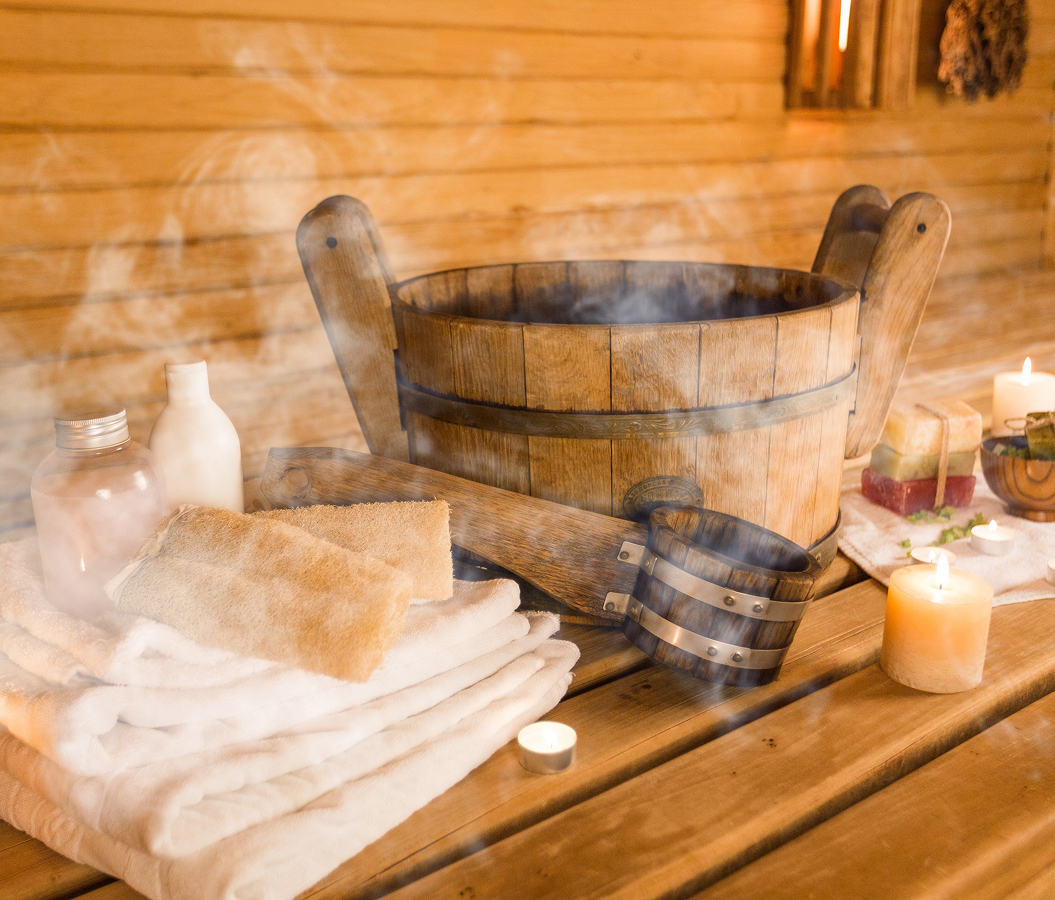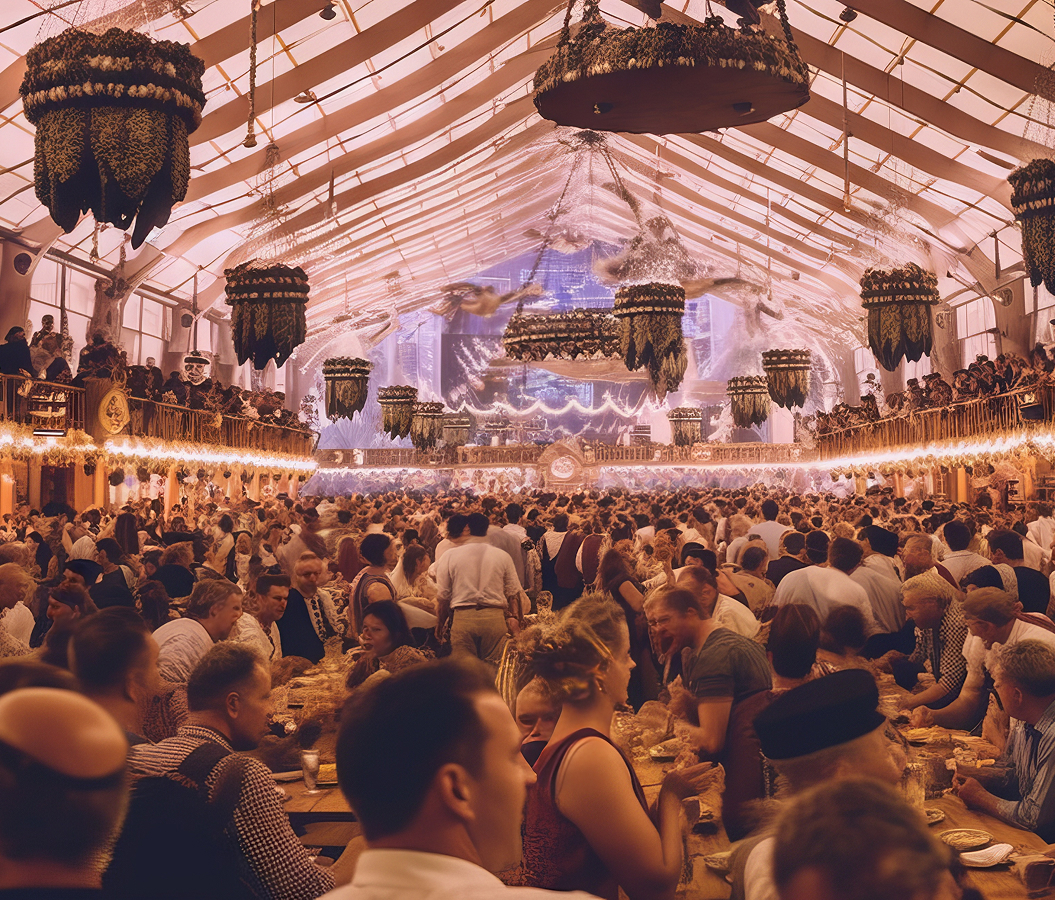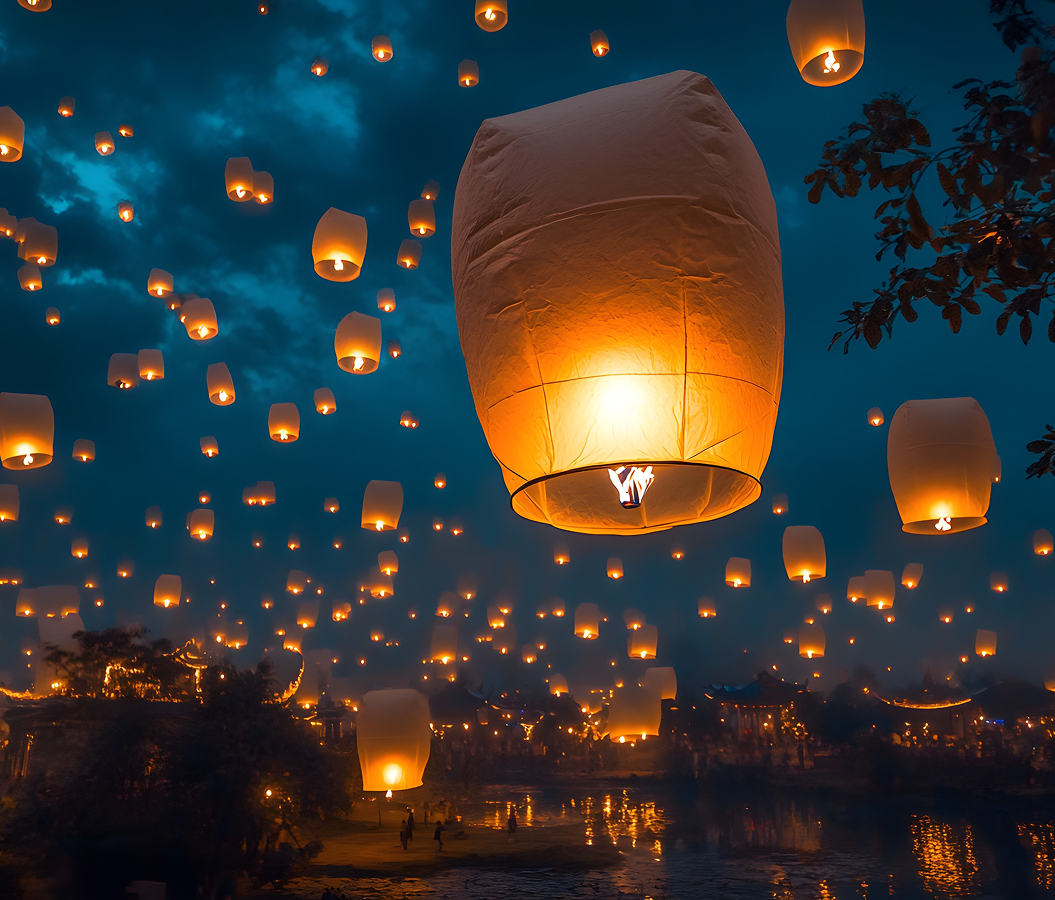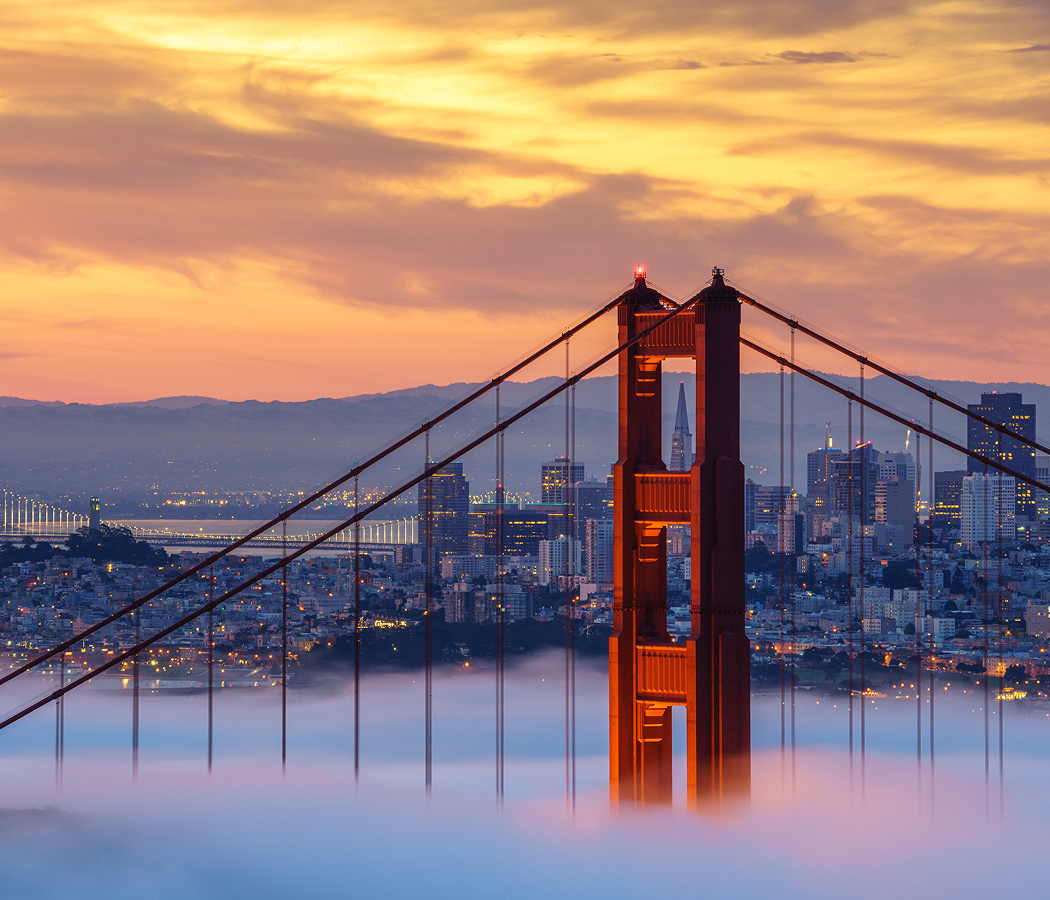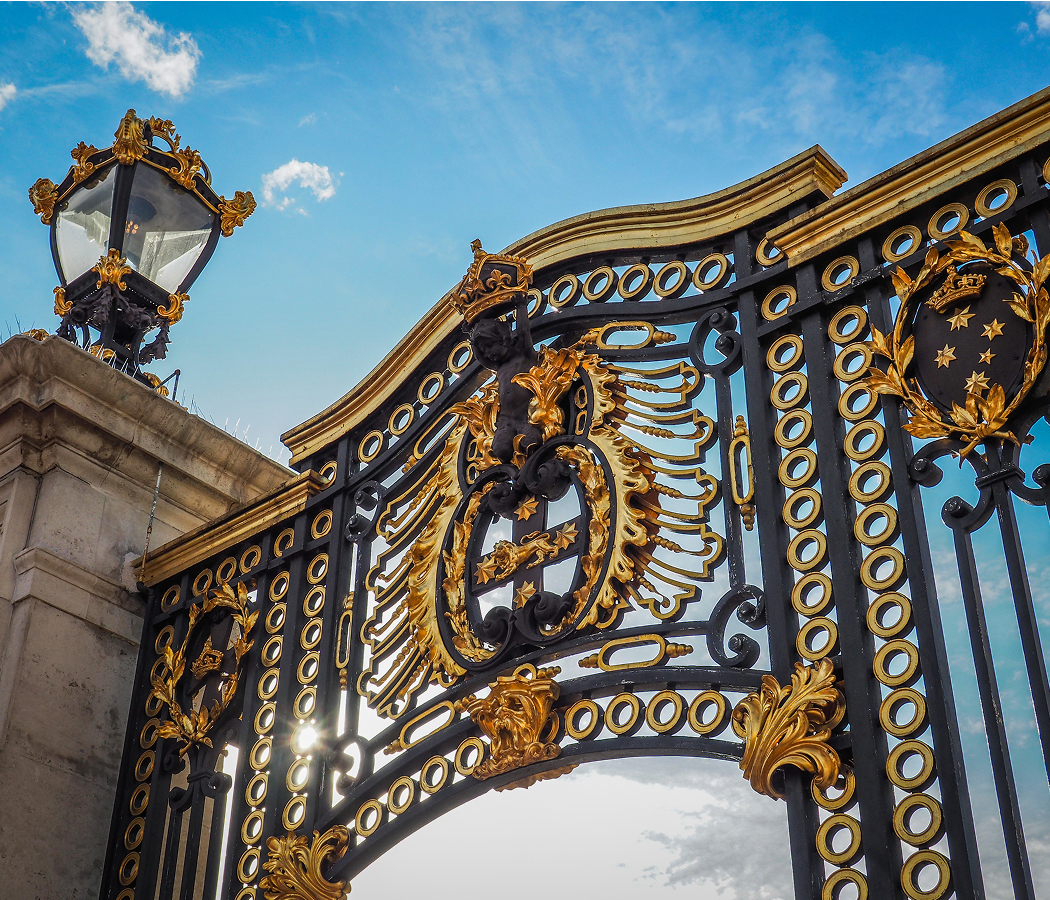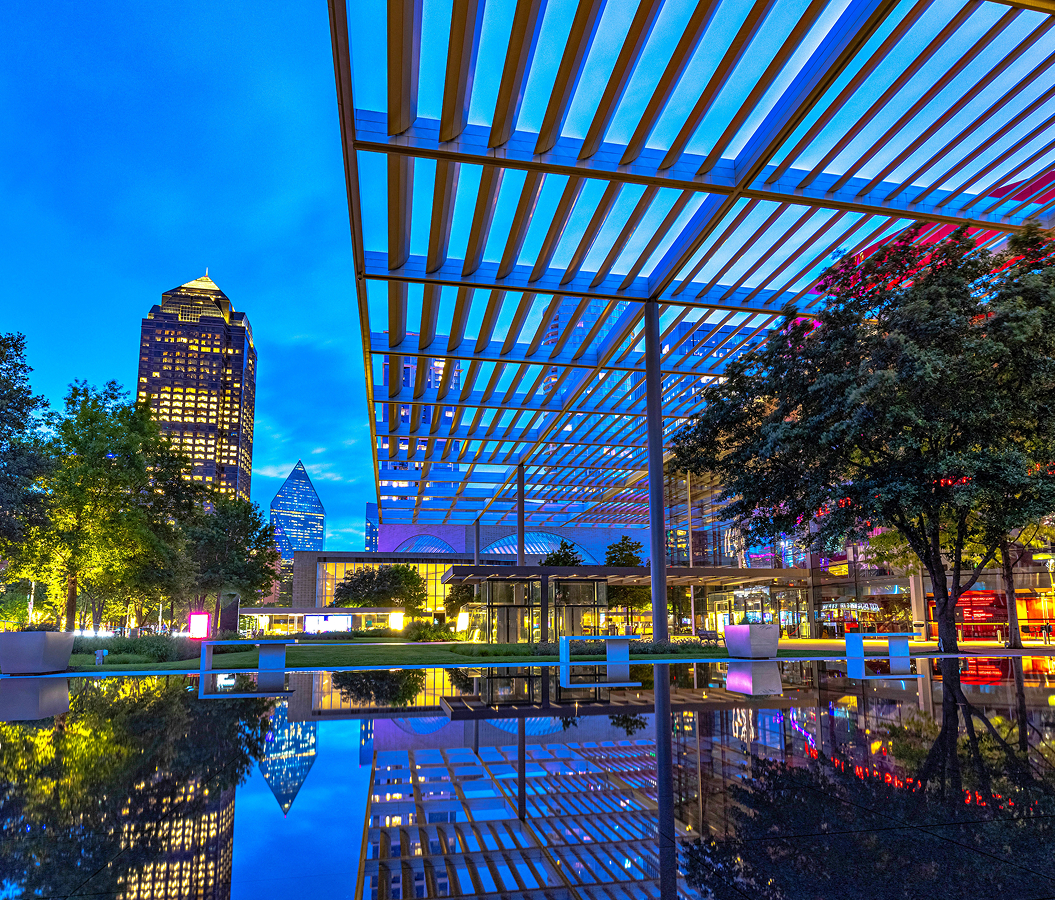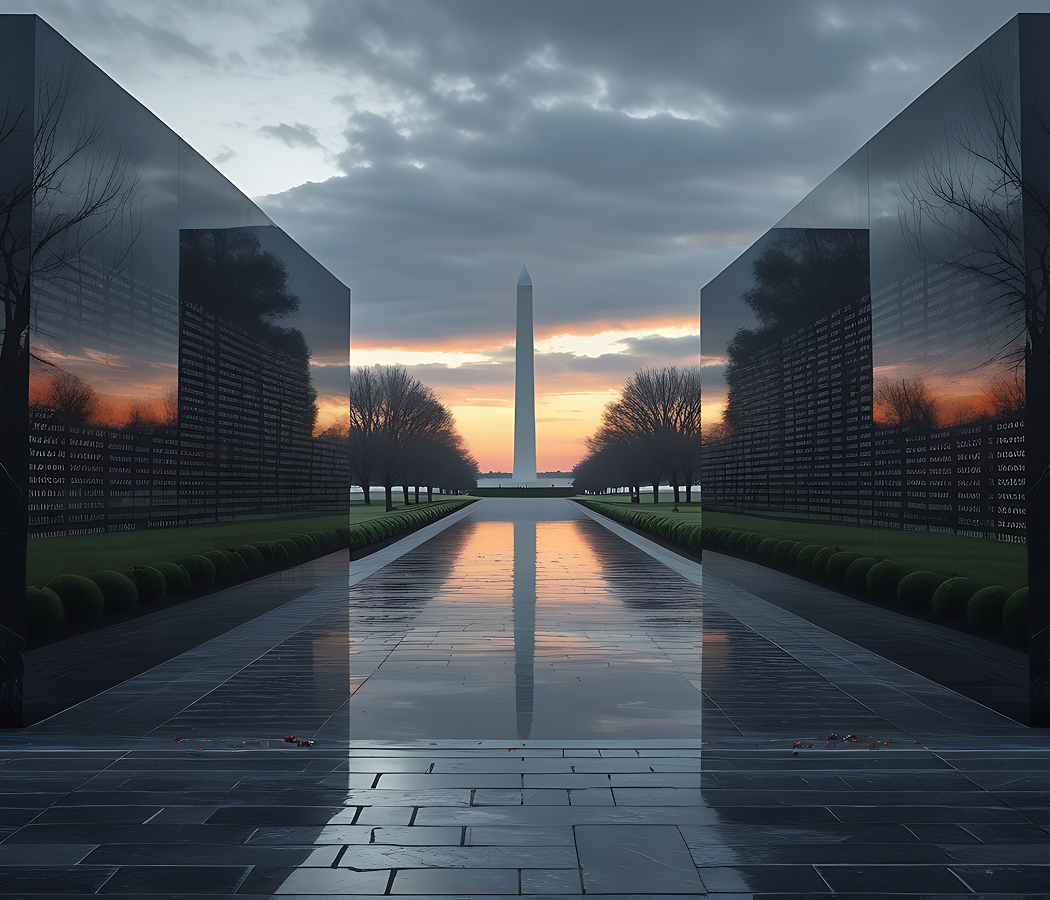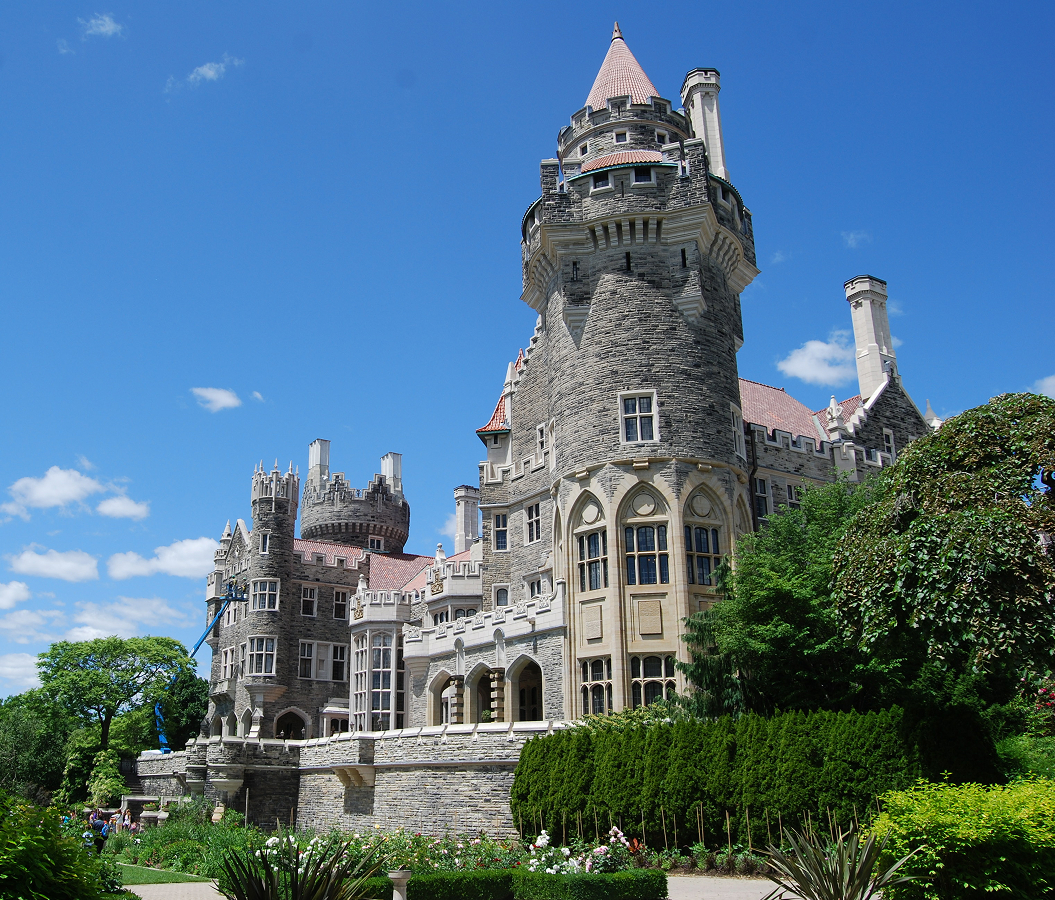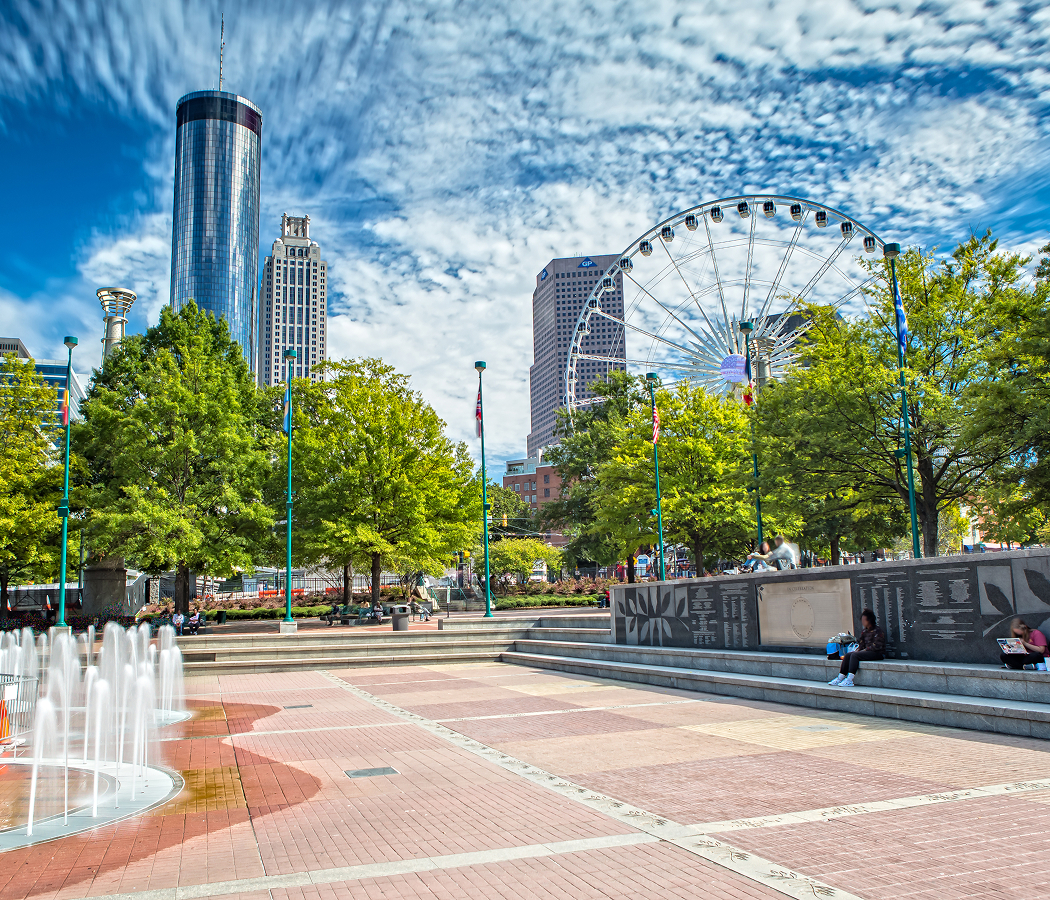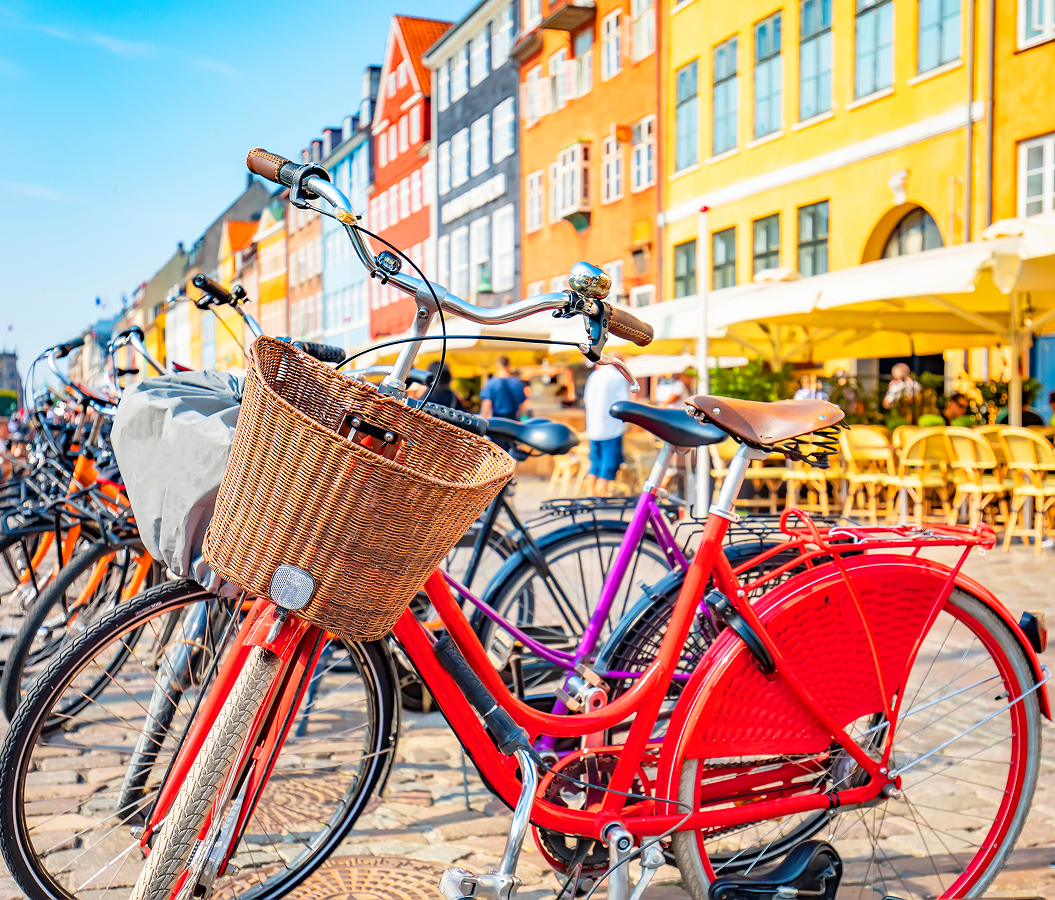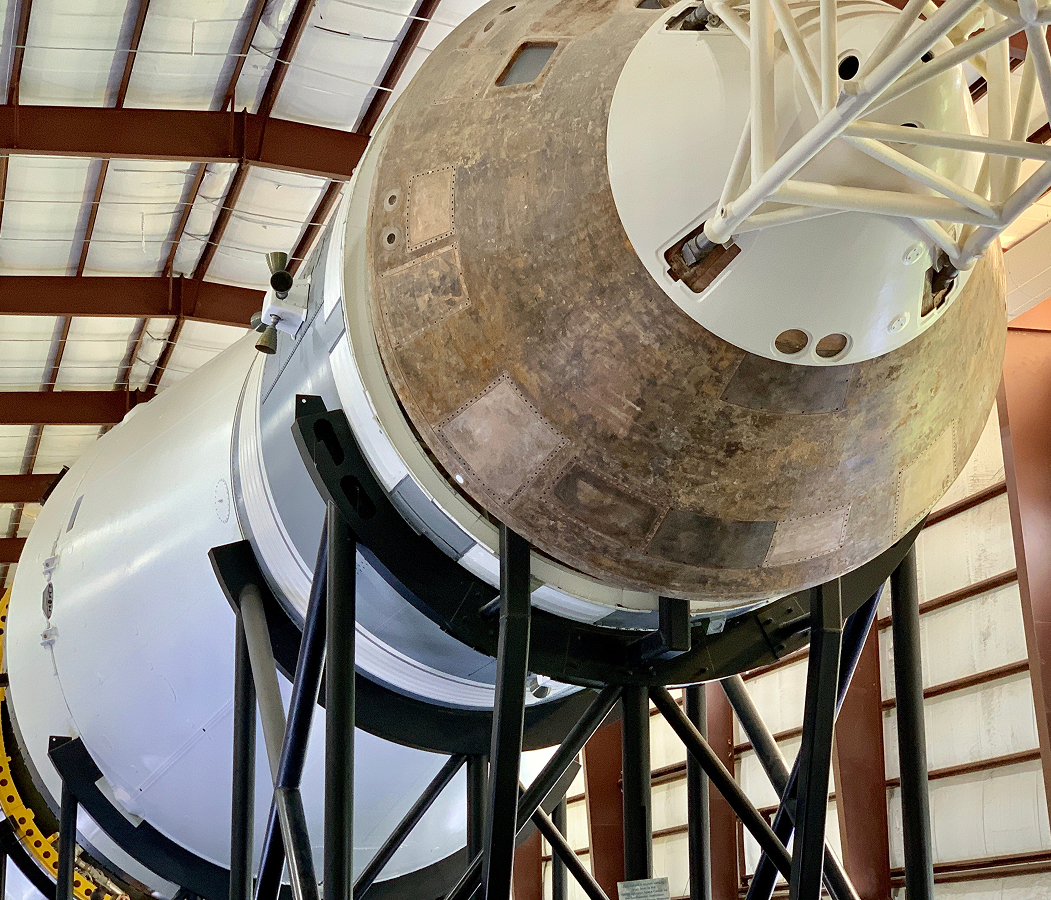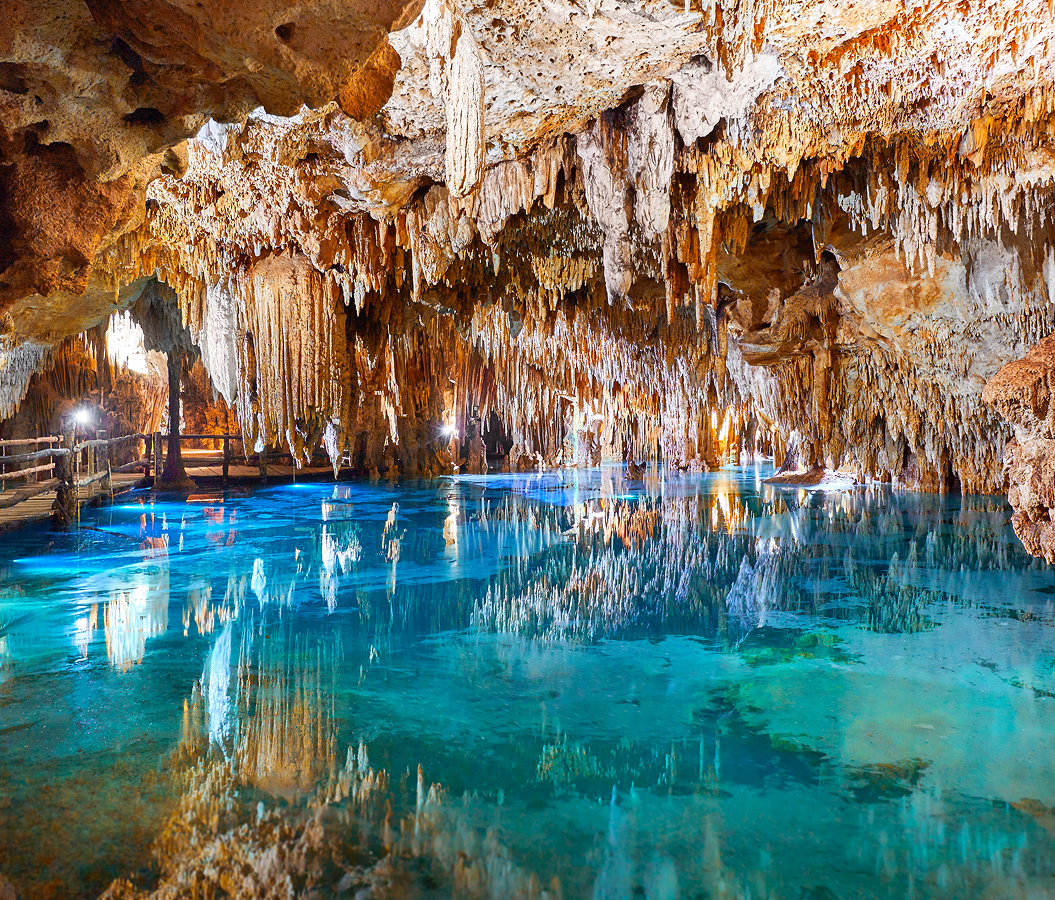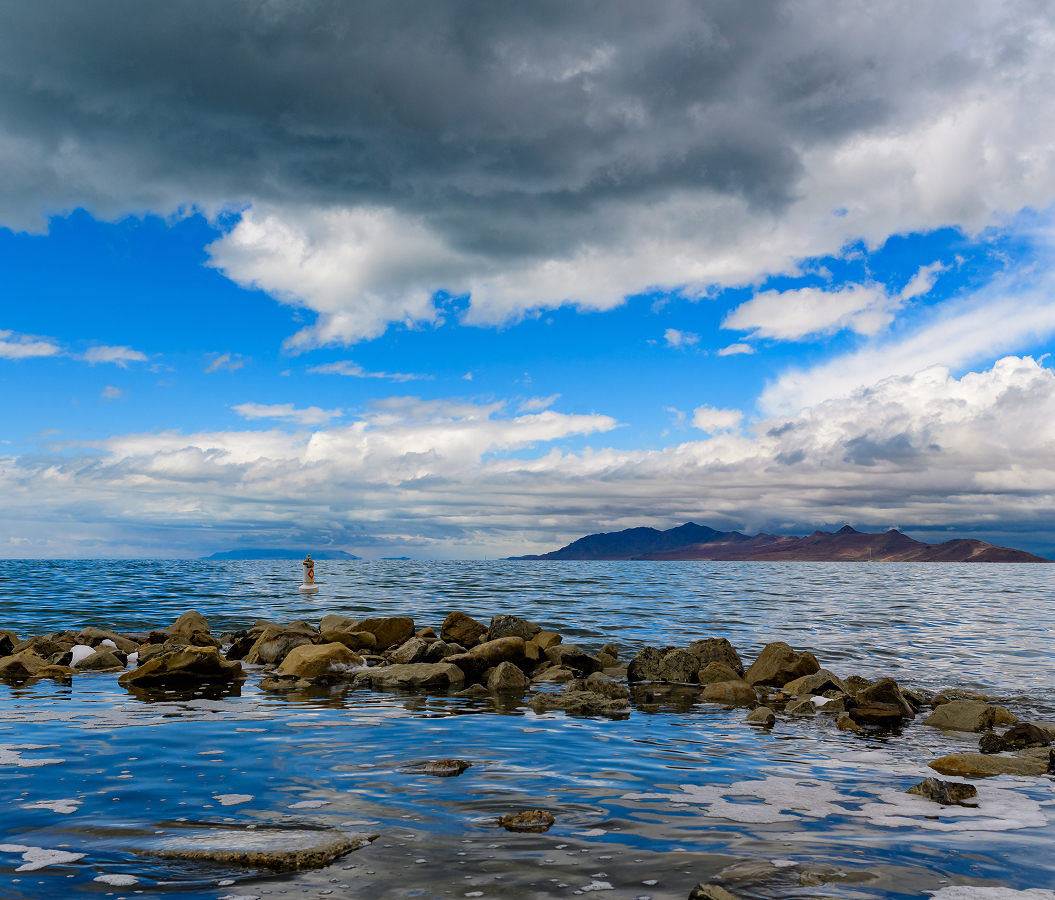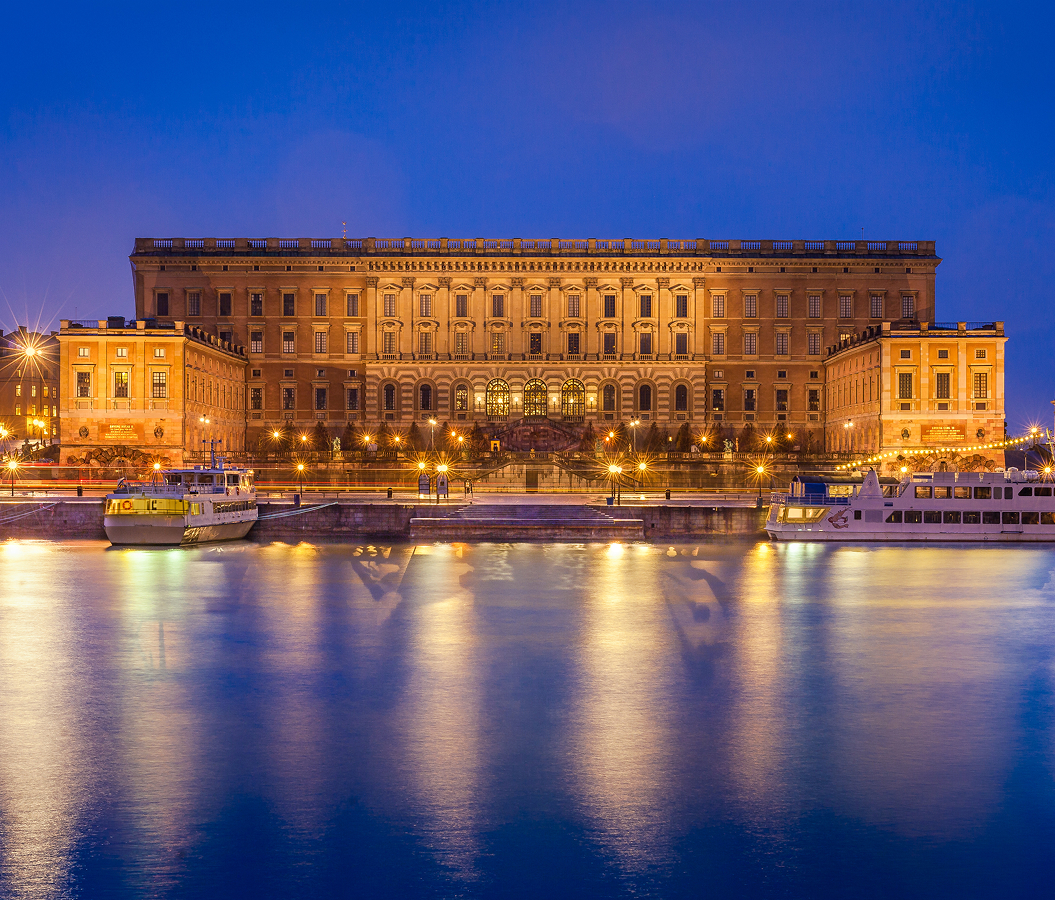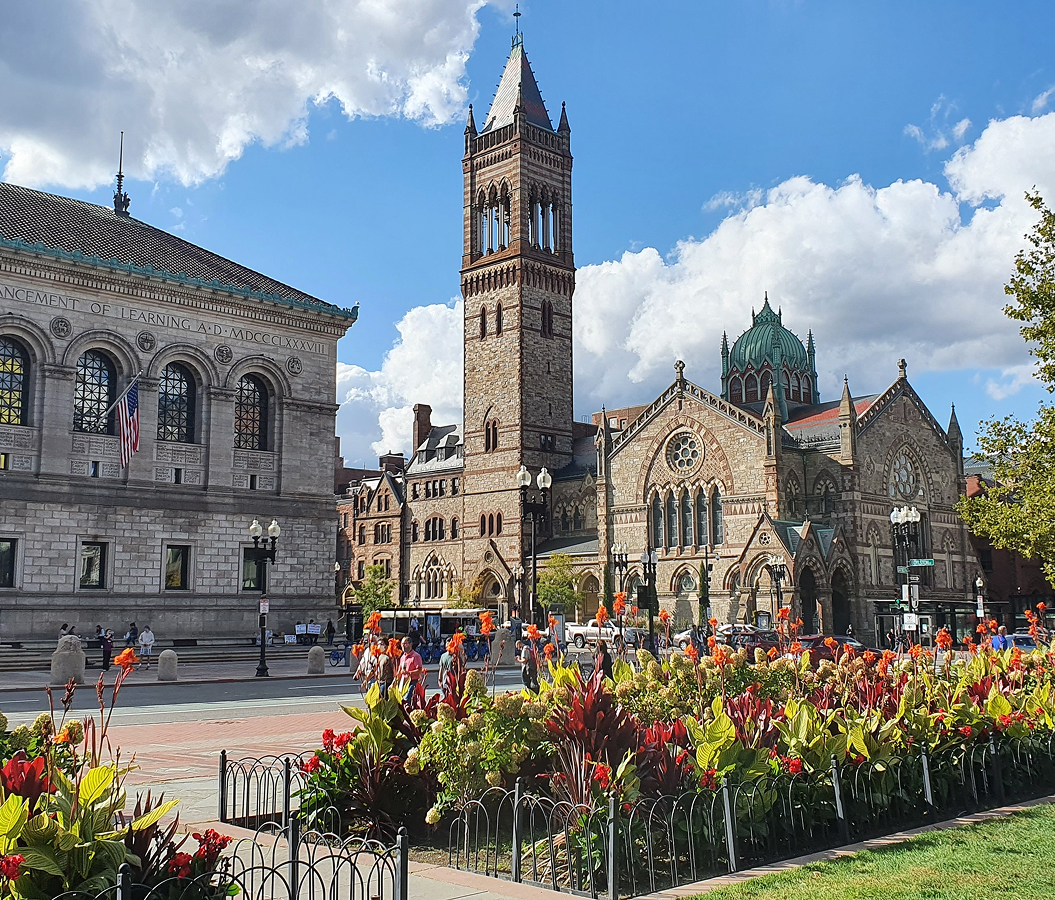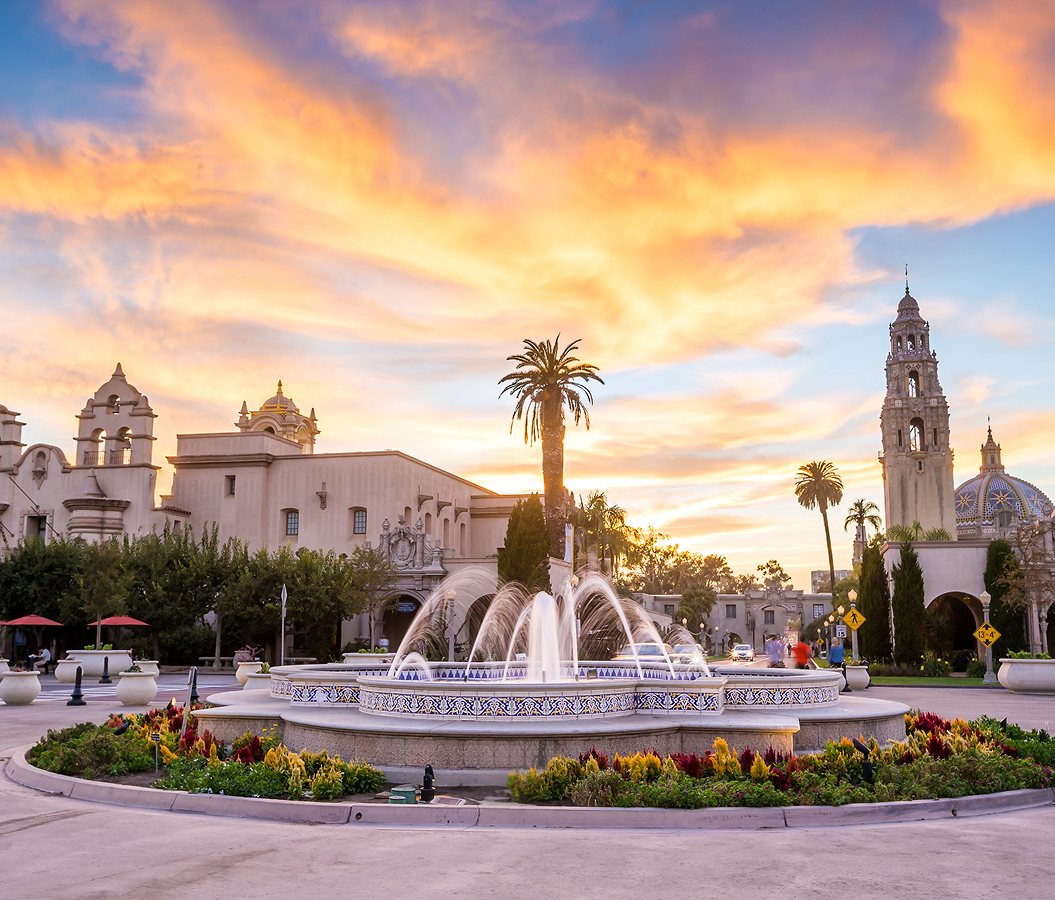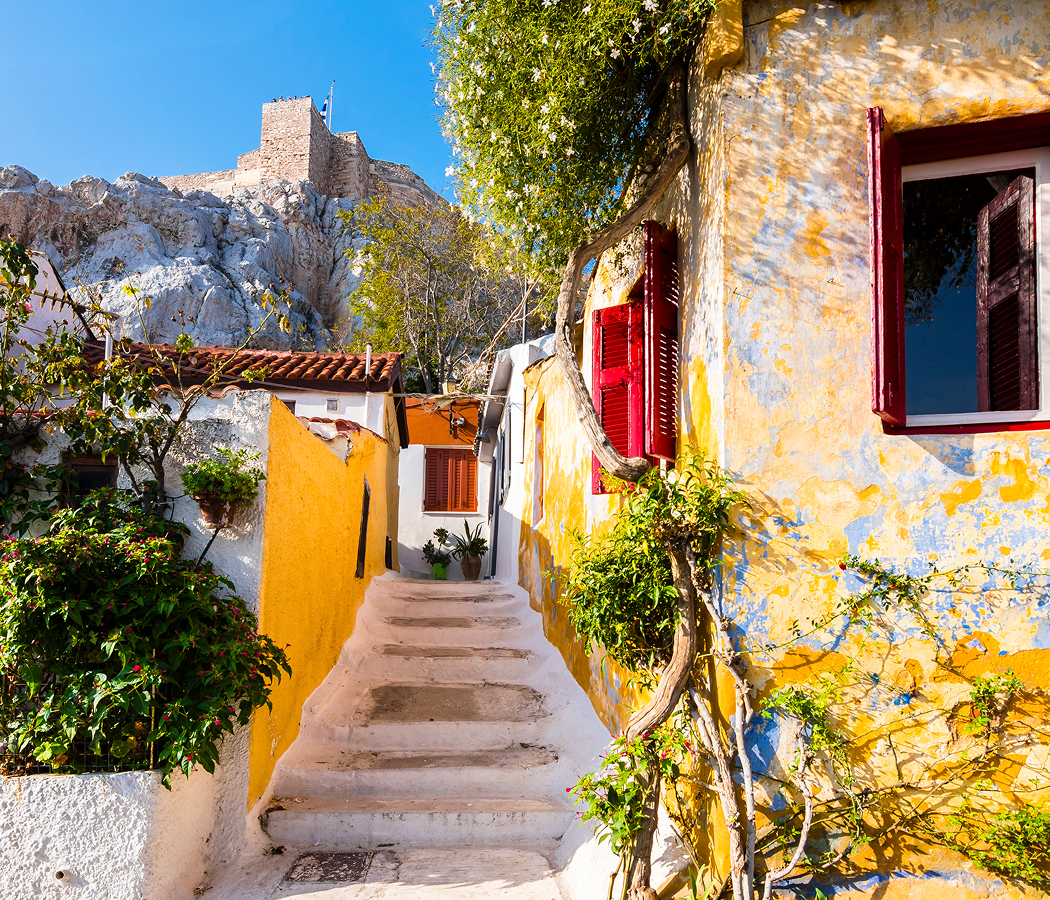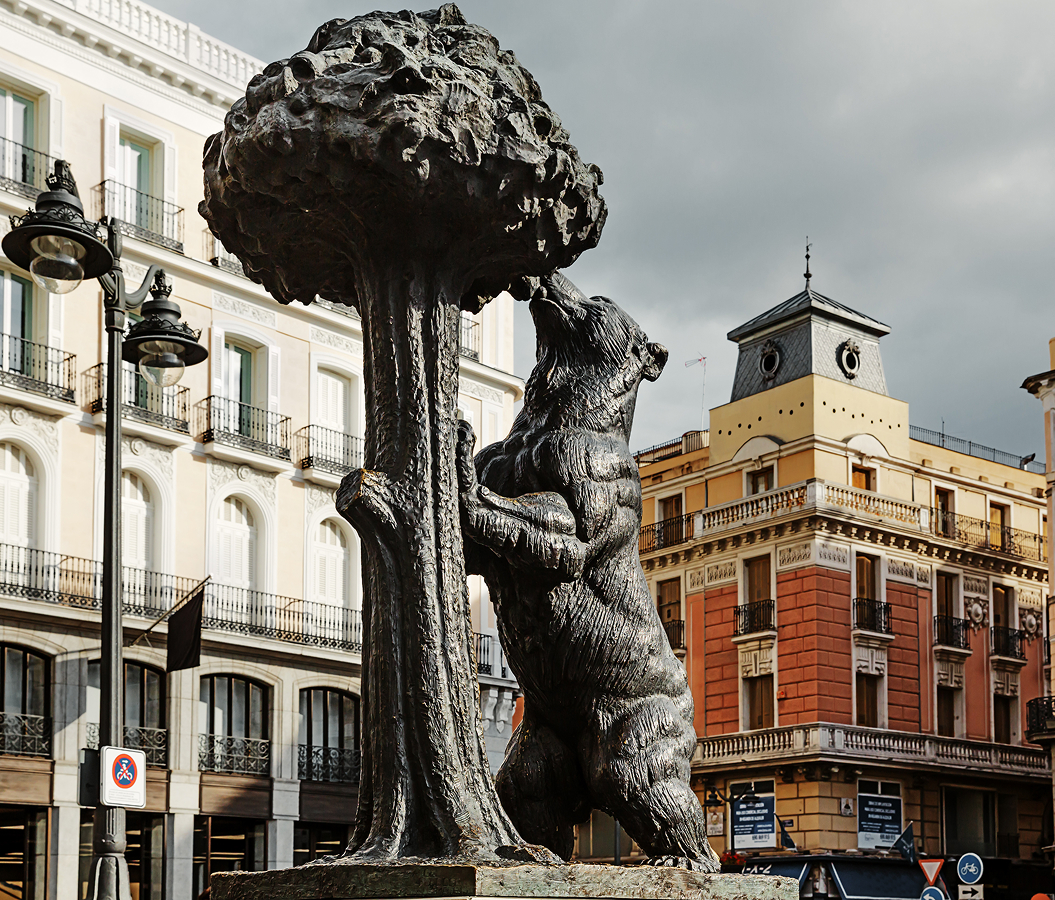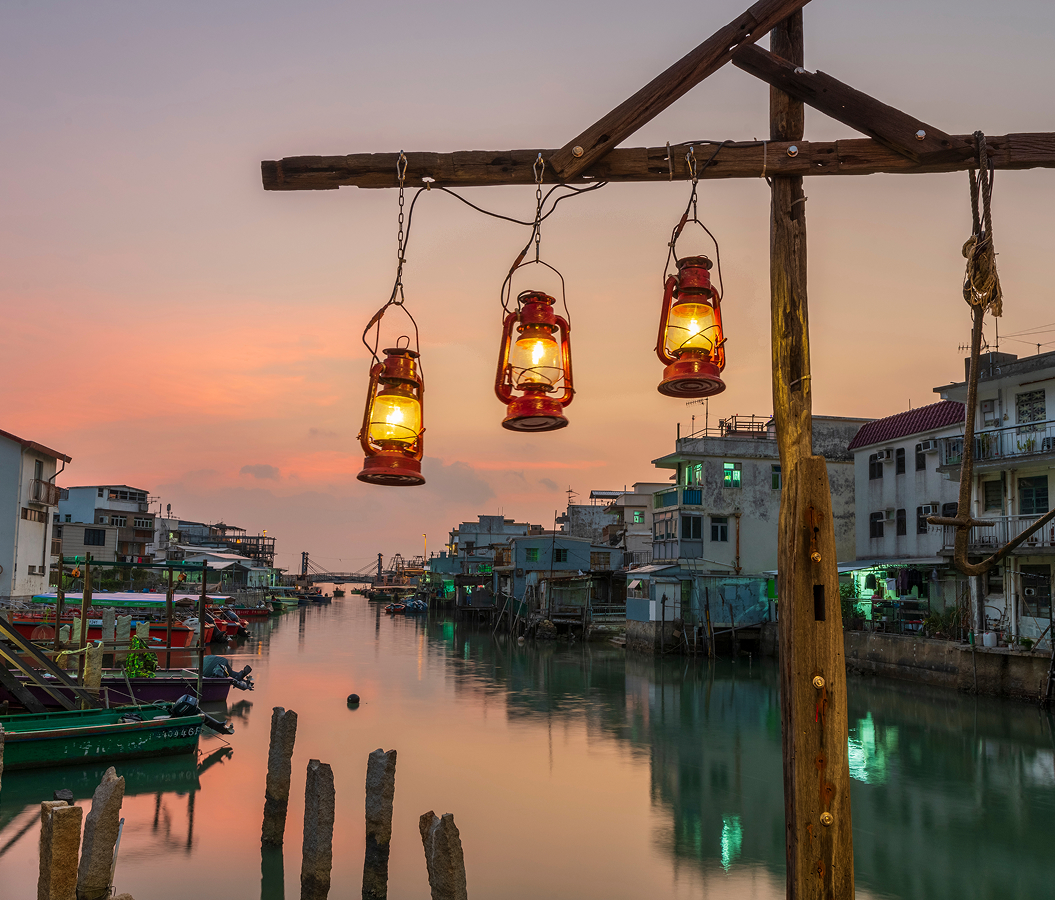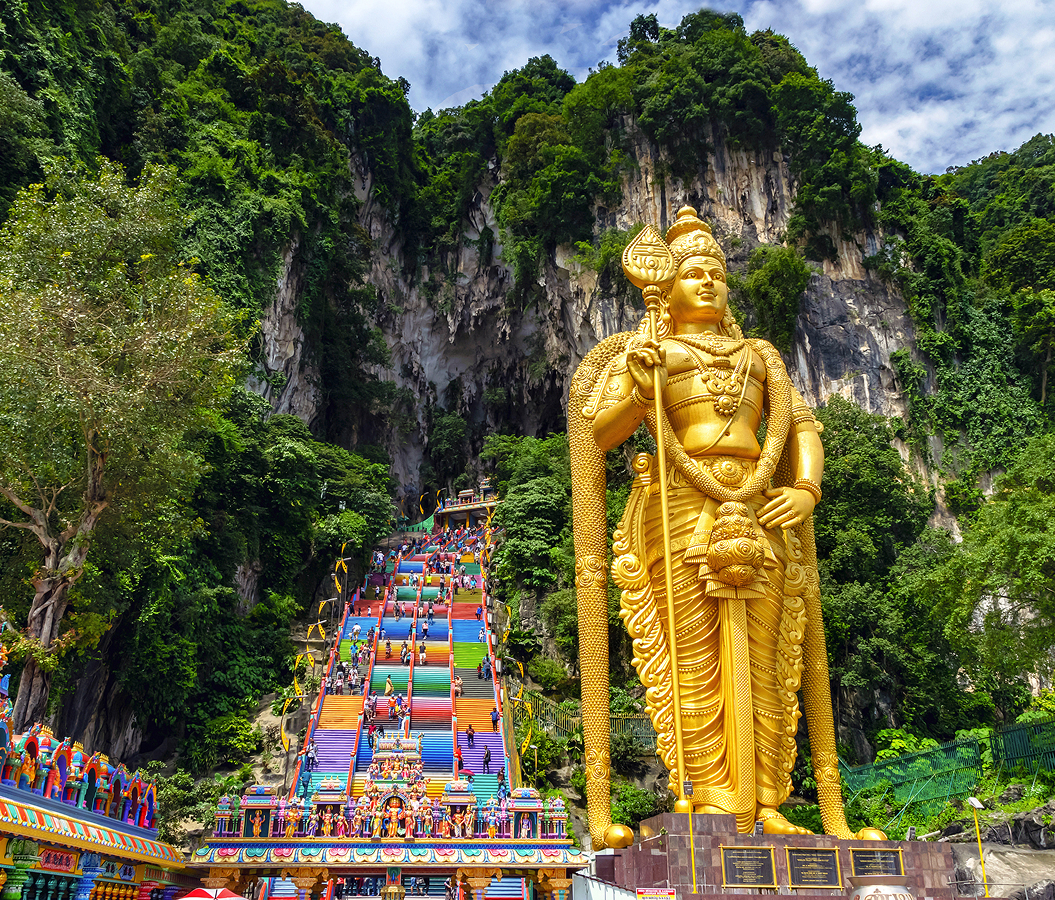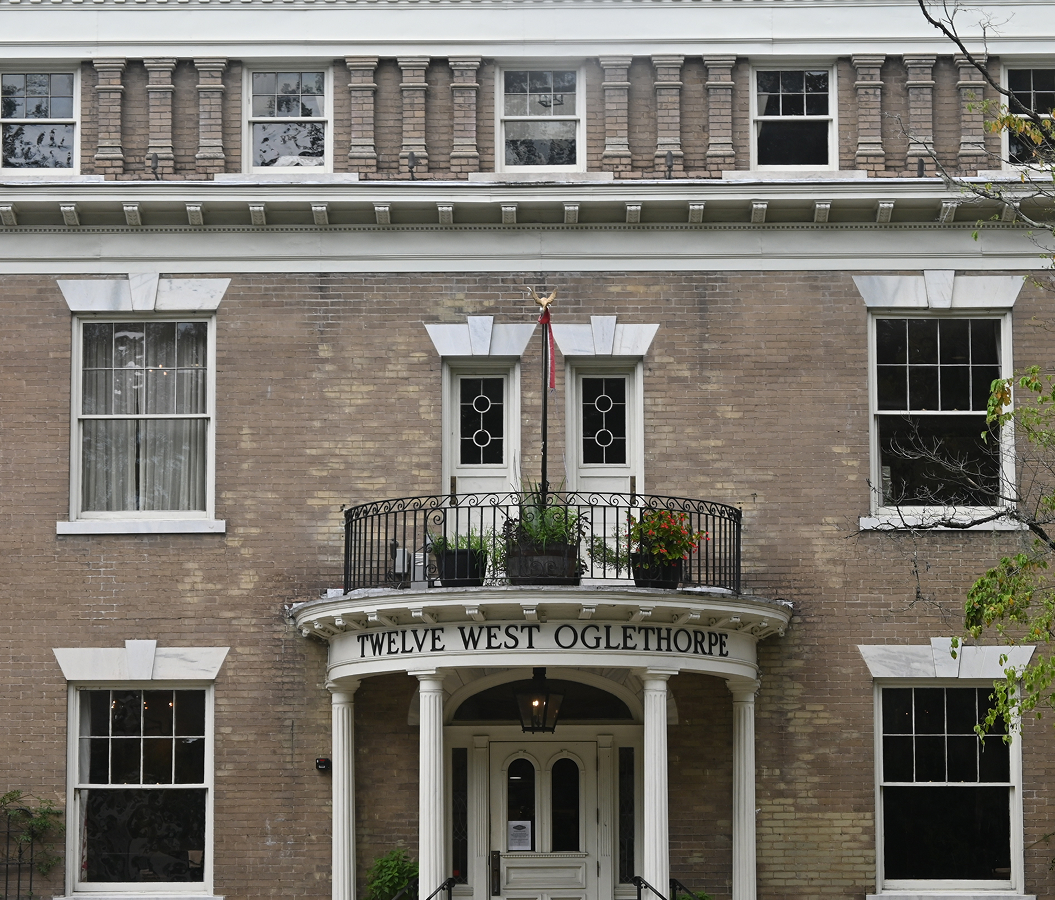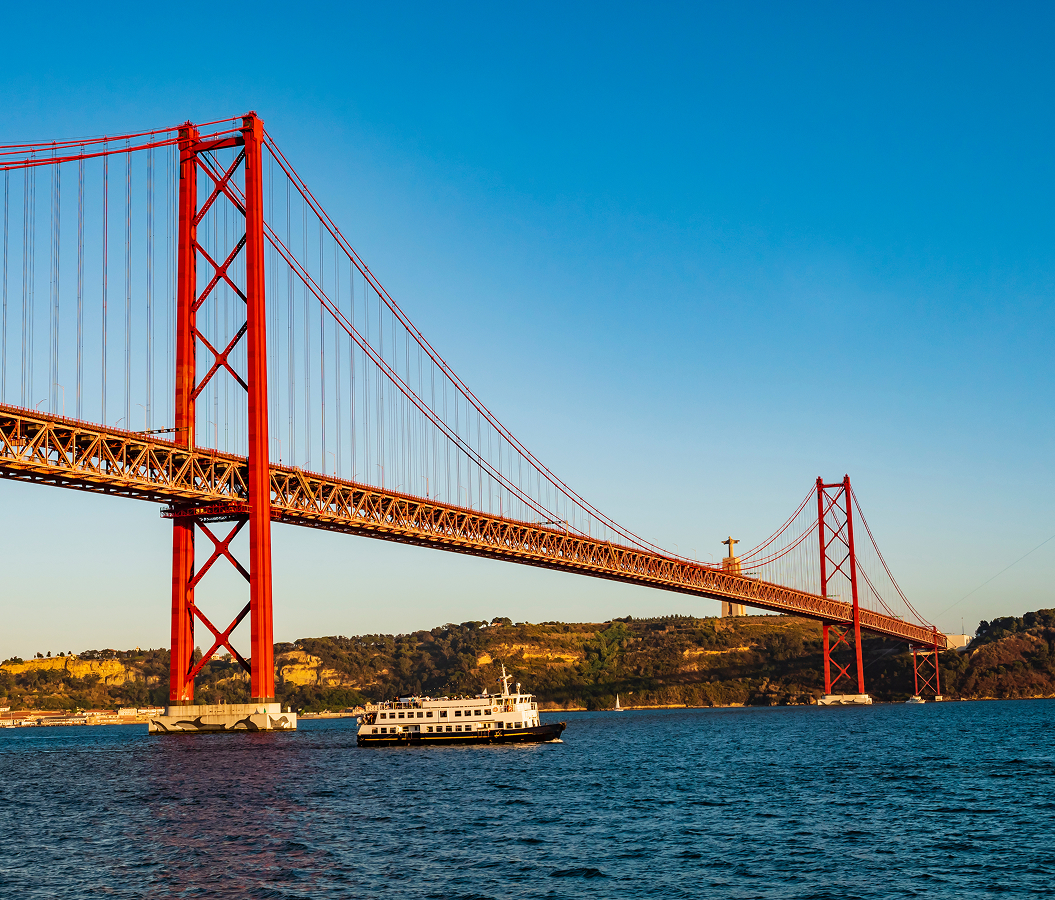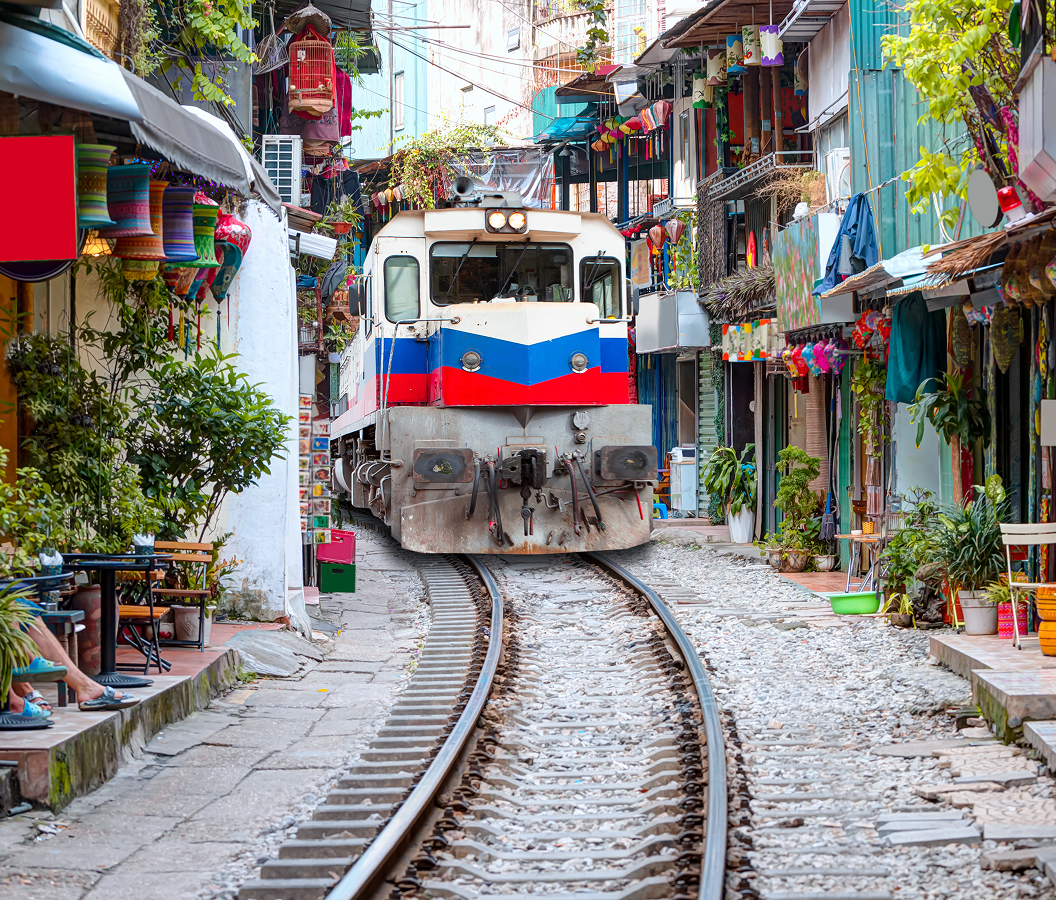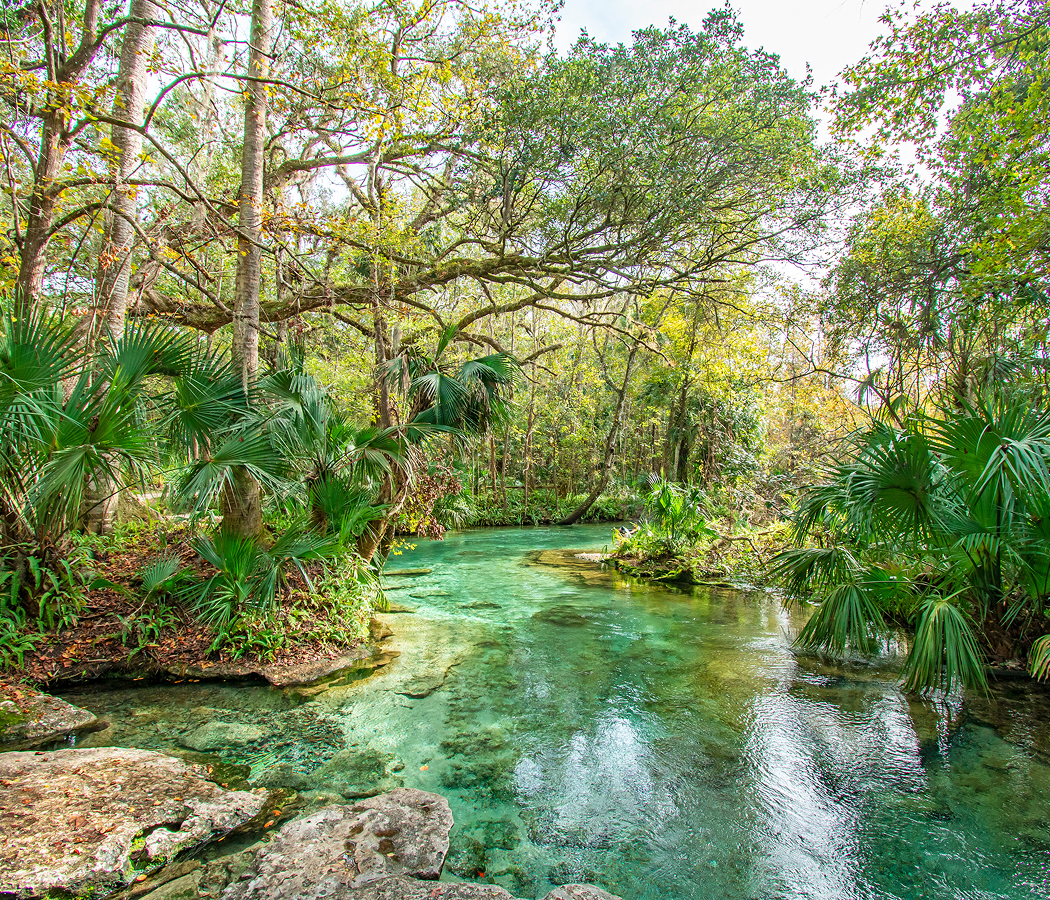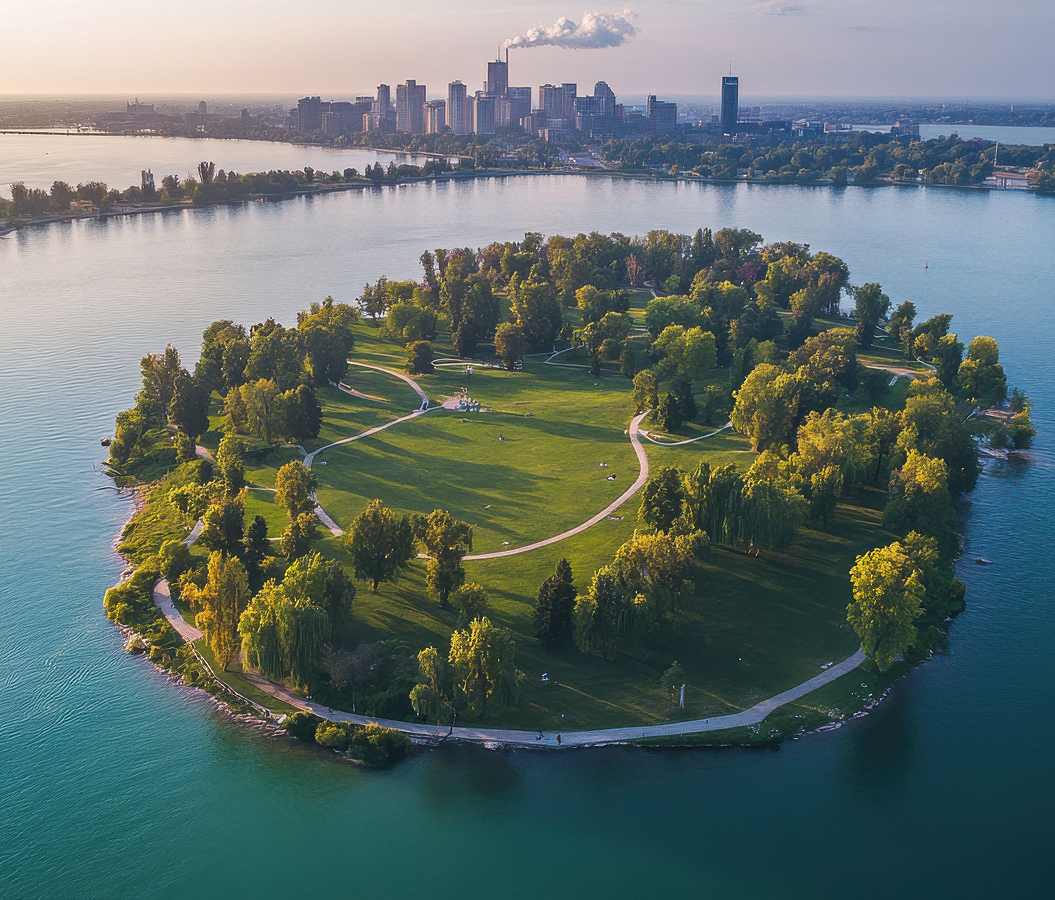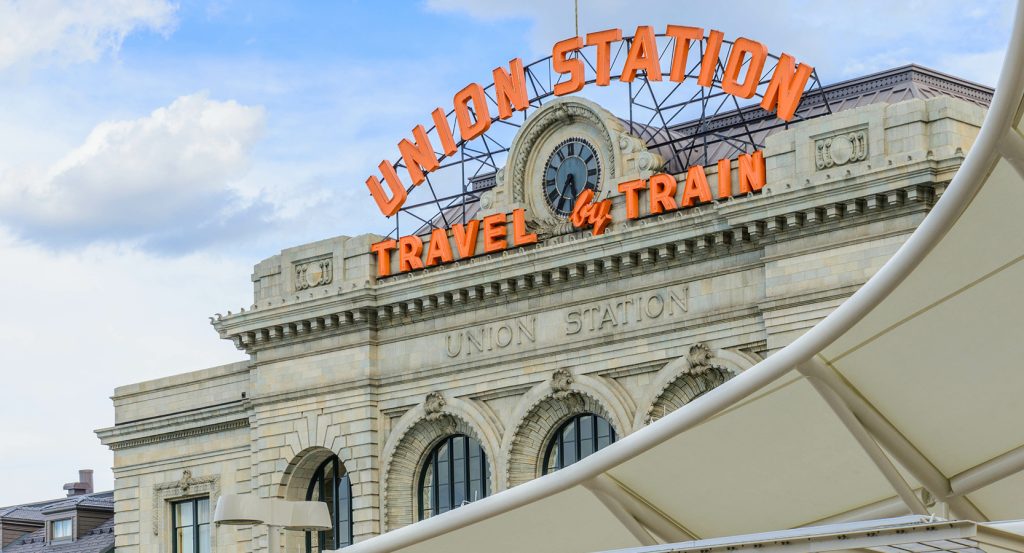
What you didn’t know about Denver, Colorado.
Denver is built on one of North America’s most fascinating geological, historical, and cultural intersections, a place shaped by ancient seabeds, gold-rush fever, indigenous homelands, high-altitude ecosystems, and a modern revival movement that has transformed the city into one of the West’s most magnetic creative hubs.
Long before Denver became the Mile High City, this land was the domain of the Ute, Arapaho, and Cheyenne peoples, a region where bison roamed the plains and where the mountains served as both spiritual compass and seasonal guide. The city sits exactly one mile above sea level, a geographical anomaly that creates its iconic dry air, piercing sunlight, and brilliant blue skies that stretch unbroken across the horizon. Beneath Denver’s streets lie layers of ancient geology: sandstone formed in prehistoric oceans, volcanic debris carried by wind and time, and mineral veins that ignited the gold rush of 1858. That rush reshaped the region overnight, drawing prospectors, merchants, railroad men, outlaws, and dreamers, people searching not just for fortune but for reinvention. Denver’s modern culture still carries that restless spark. Today’s creative boom, craft breweries, farm-to-table kitchens, indie galleries, outdoor collectives, climbing gyms, distilleries, experimental theaters, echoes the same pioneering urge, just rewritten for a new century. And then there’s Denver’s microclimate: 300 days of sunshine, snow that melts in a flash, thunderstorms that roll in like stage cues, and air so clear you can see 100 miles on a good day. The city’s botanical garden thrives with high-altitude flora, while the surrounding foothills shelter elk, foxes, black bears, and ancient ponderosa forests that still hum with wind patterns older than memory. Even Red Rocks, Denver’s most iconic music venue, is built into 300-million-year-old sandstone monoliths, their acoustics shaped by eons of geological choreography. Denver’s story isn’t just urban. It is natural, ancestral, elemental, a convergence of land, sky, and human imagination.
Five fascinations about Denver.
5. It’s exactly one mile high, down to the step.
The 13th step of the Colorado State Capitol is precisely 5,280 feet above sea level. There’s even a marker etched into the stone. Denver doesn’t just live at altitude, it leans into it.
4. The city once buried a cemetery to build a park.
In the late 1800s, Denver moved the graves of City Cemetery to make way for what is now Cheesman Park. But not all remains made it out. Some say the land still feels unsettled, and not just metaphorically.
2. You can see four states from the same mountaintop.
On a clear day from certain peaks near Denver, you can spot Colorado, Wyoming, New Mexico, and Nebraska. The view stretches wide, a visual reminder of the city’s place at the heart of the American West.
2. There’s a Whispering Gallery in Grand Central.
Just outside the Oyster Bar in Grand Central Terminal, you’ll find a hidden acoustic marvel. If two people stand at diagonal arches and whisper, they’ll hear each other as clearly as if they were side by side, a romantic secret hidden in plain sight.
1. It was the first city to decriminalize psychedelic mushrooms.
In 2019, Denver became the first U.S. city to decriminalize psilocybin mushrooms, a nod to its evolving, experimental spirit. Behind its outdoorsy image is a city constantly rethinking what’s possible.
Where meaningful travel begins.
Start your journey with Foresyte, where the planning is part of the magic.
Discover the experiences that matter most.




